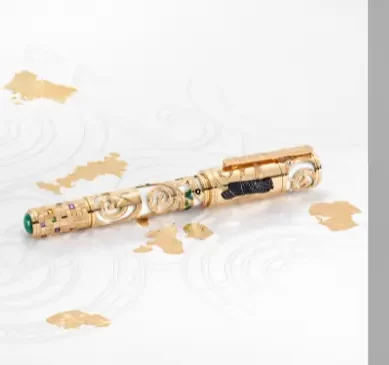
Lab Grown Diamonds have emerged as a feasible and ecological alternative to mined diamonds, in recent years. Diamonds have always been admired for their beauty, rarity, and symbolic value. However, the mining of natural diamonds frequently generates concerns about the environment, and leads to human rights breaches, and ethical issues.
These gleaming stones, also known as cultured or synthetic diamonds, are generated in controlled laboratory circumstances rather than mined from the Earth’s crust. Lab grown diamonds challenge long-held ideas of luxury and beauty by providing a sustainable, ethical, and cost-effective alternative to traditional mined diamonds.
The Creation of Lab Grown Diamonds :
The process of producing lab-grown diamonds is sustainable when compared to diamond mining. These diamonds are produced and created in controlled laboratory conditions using cutting edge technology by highly specialised scientists and engineers, who use renewable energy resources for the production.
The following are the two primary processes followed for the production of these lab-grown diamonds:
- Chemical Vapour Deposition (CVD) : A microscopic slice of diamond is inserted into a chamber in which it is subjected to carbon-rich gas and heated to very high temperatures during CVD diamond production. In just a few weeks, the carbon gas ionises and the fragments adhere to the original diamond slice before crystallising into a fully formed diamond.
- High Pressure High Temperature (HPHT) : Pure carbon is pushed into a metal cube and subjected to extreme heat and pressure via electric pulses. The carbon eventually degrades and forms into a diamond. Metal traces within an HPHT diamond are often tiny and not noticeable to the naked eye.
The majority of professionals feel that HPHT diamonds are of greater quality than CVD diamonds. CVD diamonds grow quickly, which can result in patchy internal markings and graining. CVD diamonds are also known to exhibit brown-ish hues when they are created, implying that they require post-growth treatment to improve their attractiveness. HPHT diamonds are often created to a better level, with no post-growth treatment required.
What lab grown diamonds are made of?
Carbon! Lab diamonds, like real diamonds, are composed of pure, unadulterated carbon. Atoms of carbon form in the same structure as natural diamonds during the formation of man-made diamonds. Synthetic diamonds can be referred to as carbon-made diamonds, although the truth is that both natural and lab diamonds are composed of carbon.
Popularity and Market Influence: As customers become more conscious of the ethical and environmental difficulties associated with traditional diamond mining, they are increasingly opting for lab-grown diamonds. According to an MVI Marketing report, the lab-grown diamond business has risen significantly in recent years, with sales likely to exceed several billion dollars per year in the next few years.
 Jewellery merchants and designers have also embraced lab-grown diamonds, providing a diverse selection of magnificent designs and collections to ecologically conscious customers. Celebrities and influencers have played an important role in popularising lab-grown diamonds by publicly praising these environmentally friendly stones.
Jewellery merchants and designers have also embraced lab-grown diamonds, providing a diverse selection of magnificent designs and collections to ecologically conscious customers. Celebrities and influencers have played an important role in popularising lab-grown diamonds by publicly praising these environmentally friendly stones.
Some of the emerging lab-grown diamond companies in India that are capitalising on the growing demand for sustainable and ethical sourced diamonds are –
- Greenlab Diamonds
- Limelight Lab-grown Diamonds
- Cupid Diamonds
- Ethical Diamonds Co.
Lab-grown diamonds mark a significant shift in the jewellery business, demonstrating the capacity of technology to generate stunning and long-lasting stones. Lab-grown diamonds have the potential to reinvent the concept of luxury while providing an ethical option to traditional mined diamonds as they become more accessible and generally accepted. With environmental awareness growing, these lab-grown marvels have a chance to remain in the spotlight, pointing the route to a more responsible and bright future.




































